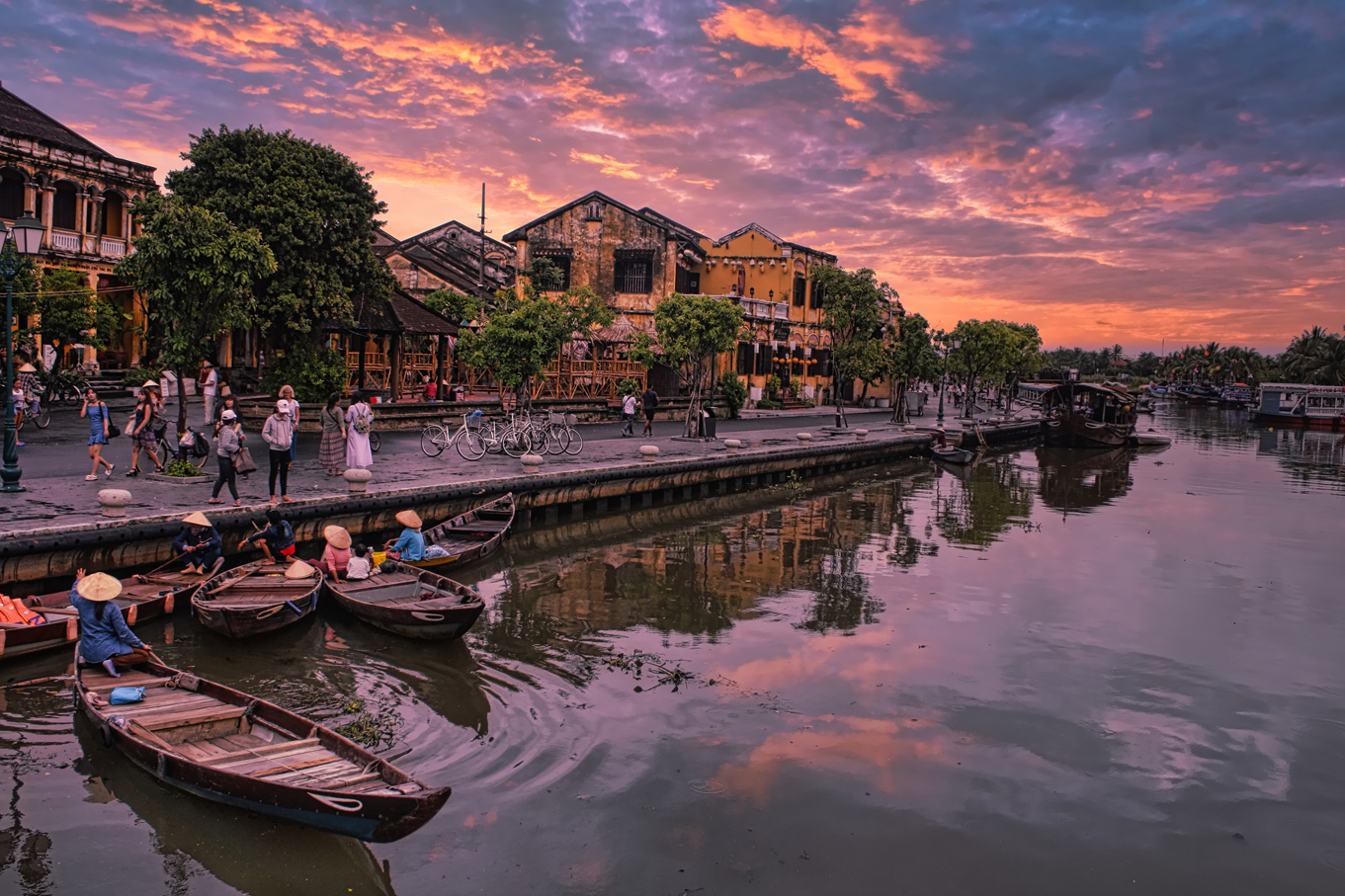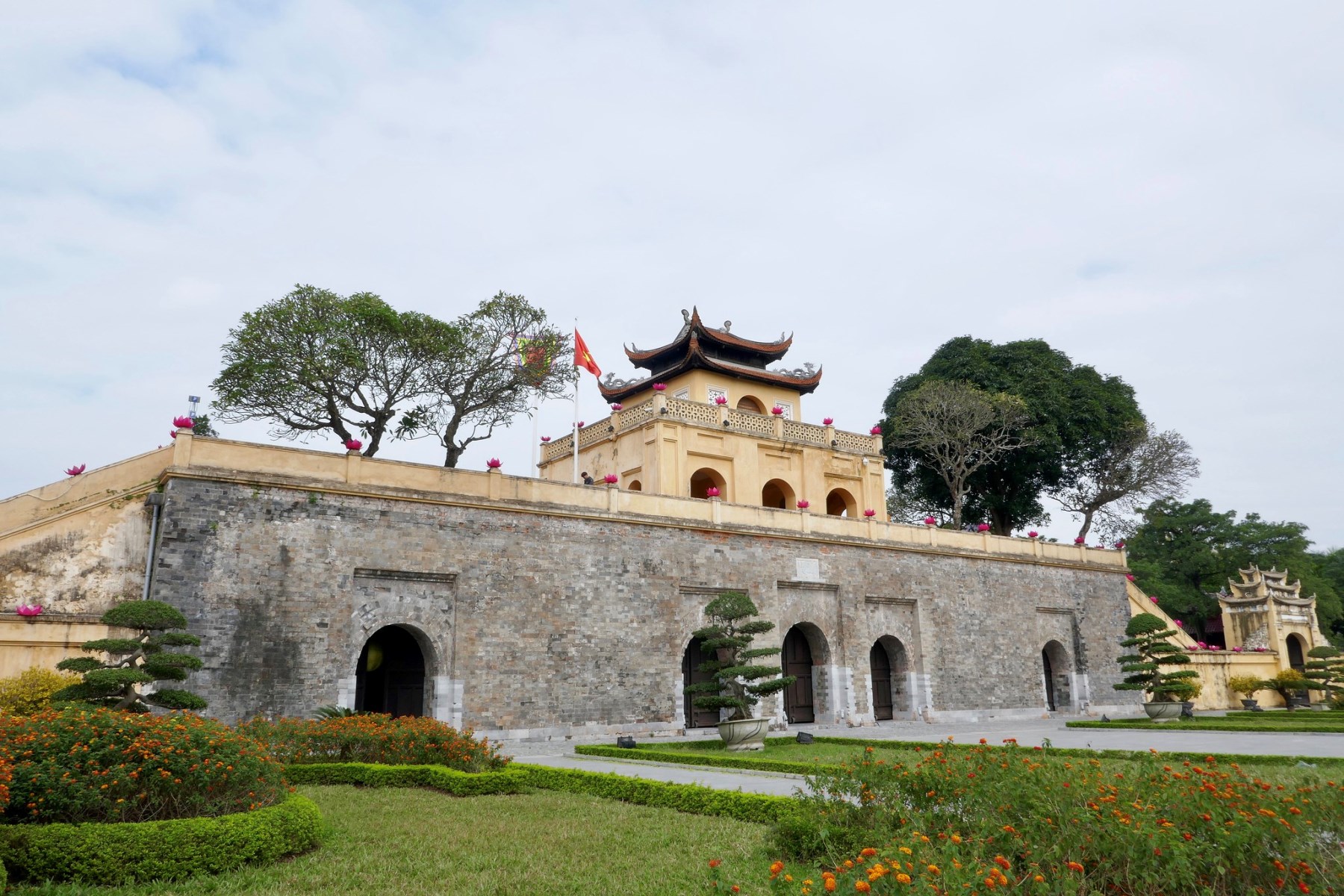Viet Nam, a Southeast Asian nation with its capital in Hanoi, captivates travelers with its rich history and cultural treasures. From coastal plains to lush mountains, the country is dotted with well-preserved remnants of ancient civilizations.
For history buffs, Viet Nam is a must-visit destination, boasting six UNESCO World Heritage Sites. Each site offers not only breathtaking visuals but also centuries-old tales of dynasties, trade, and humanity’s harmony with nature.
Spanning from north to south, these heritage landmarks stand as silent witnesses to Viet Nam’s imperial glory, foreign influences, and the resilience of its people. Here’s your guide to exploring these cultural gems that make Viet Nam the "Jewel of Southeast Asia."
1. Citadel of the Hồ Dynasty
Located 150 kilometers south of Hanoi in Thanh Hoa Province, the Hồ Dynasty Citadel is a medieval engineering marvel. Built in 1397, it is Southeast Asia’s only surviving large-scale stone structure from that era.

UNESCO recognized it as a World Heritage Site in 2011 for its unique blend of military fortification and cosmological philosophy. The citadel’s 10-meter-high stone walls enclose a 143-hectare area, with four main gates aligned to the cardinal directions.
Visitors can explore the Nam Giao Altar, where kings performed rituals to honor heaven and earth, or admire the surrounding mountain vistas—perfect for photography and historical reflection.
2. Hội An Ancient Town
Hội An, a well-preserved trading port in Quang Nam Province, reflects a harmonious fusion of Vietnamese, Chinese, and Japanese cultures. Designated a UNESCO site in 1999, it thrived as a hub for spice and silk trade from the 15th to 19th centuries.

Stroll through narrow streets adorned with hundreds of silk lanterns, past yellow-tinted wooden houses and Japanese temples. Among its 800 historic buildings, the iconic 16th-century Japanese Covered Bridge—featuring intricate dragon carvings—is a must-see.
During the monthly Full Moon Lantern Festival, the town glows as thousands of lanterns float down the Thu Bon River. According to Vietnam Tourism, Hội An attracts over 3 million visitors annually, drawn by its history, handicrafts, and timeless charm.
3. Complex of Huế Imperial City
The Imperial City of Huế, once the seat of the Nguyễn Dynasty (1802–1945), symbolizes Viet nam’s era as an independent kingdom. Recognized by UNESCO in 1993, this 520-hectare complex includes 160 monuments, from palaces and royal tombs to pagodas.

Modeled after Beijing’s Forbidden City, its walls enclose administrative, religious, and residential zones. Though 70% of the structures were damaged during the Viet nam War, ongoing restoration efforts have revived its grandeur.
Highlights include the Ngo Mon Gate, the Imperial Museum’s artifacts, and the tomb of Emperor Khai Dinh, which blends Vietnamese, French, and Hindu architecture. Don’t miss performances of Nha Nhac, the royal court music also honored by UNESCO.
4. Central Sector of Imperial Citadel of Thăng Long
Hanoi’s Thăng Long Imperial Citadel embodies Viet nam’s enduring spirit. Built in 1010 by King Ly Thai To, it served as a political and military center for over 1,300 years under Chinese rule and successive Vietnamese dynasties.

UNESCO listed it in 2010 for its archaeological layers revealing centuries of history. Explore ancient palace foundations, giant “monkey wells,” and artifacts from the Trần Dynasty. During the Vietnam War, the site housed a U.S. military base.
Today, its central area is a museum showcasing ancient weapons and royal documents. Excavations here, as noted by Asian Archaeology, uncovered Persian ceramics, highlighting its role as a global trade hub.
5. Mỹ Sơn Sanctuary
Mỹ Sơn, nestled in Quang Nam Province, is Vietnam’s oldest Hindu temple complex. Constructed by the Champa Kingdom between the 4th and 13th centuries, it earned UNESCO status in 1999 for its spiritual and architectural significance.

The red-brick towers, resembling Cambodia’s Angkor Wat, symbolize Mount Meru—the sacred Hindu abode. Though many temples were destroyed by U.S. bombs in Viet Nam War, surviving carvings of deities and Apsara dancers statue still mesmerize visitors.
Wander through jungle-shrouded ruins, marvel at Shiva statues, and learn about the Champa civilization. International restoration projects continue to preserve this testament to Viet Nam’s multicultural past.
6. Tràng An Landscape Complex
Tràng An in Ninh Binh Province is Viet nam’s only mixed UNESCO site (natural and cultural), recognized in 2014. Its dramatic karst mountains, submerged caves, and archaeological treasures create an otherworldly landscape.

Glide through waterways on bamboo boats to explore caves like Hang Toi (Dark Cave) or visit Bai Dinh Pagoda, Southeast Asia’s largest Buddhist complex with 500 Arhat statues. Nearby lies Hoa Lu, the 10th-century ancient capital.
According to National Geographic, Tràng An’s 250-million-year-old karst formations form a mystical labyrinth, blending nature’s artistry with human history.
Behind Vietnam's Legendary Traditional Costume
These six UNESCO sites are more than tourist spots—they are windows into Viet Nam’s resilient and creative soul. From stoic stone citadels to lantern-lit towns, each site tells a story of adaptation, spirituality, and harmony with nature.
Discover them to understand why Viet Nam remains Southeast Asia’s unforgettable gem, where past and present coexist in timeless beauty.



















